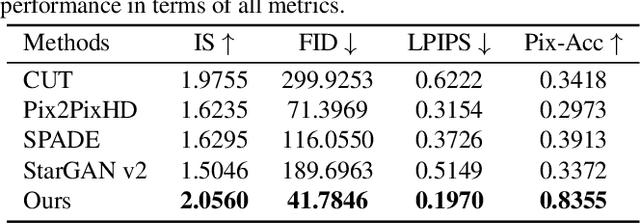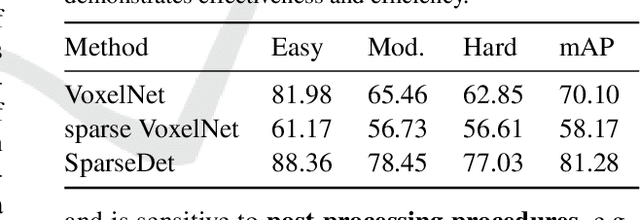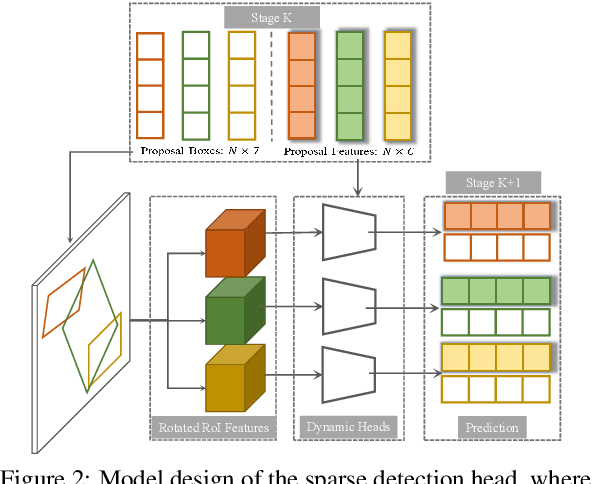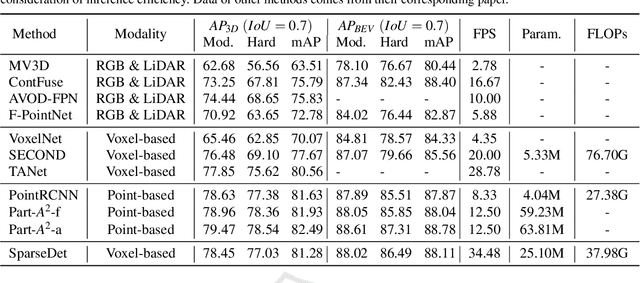Bingfeng Zhou
Neural-Polyptych: Content Controllable Painting Recreation for Diverse Genres
Sep 29, 2024



Abstract:To bridge the gap between artists and non-specialists, we present a unified framework, Neural-Polyptych, to facilitate the creation of expansive, high-resolution paintings by seamlessly incorporating interactive hand-drawn sketches with fragments from original paintings. We have designed a multi-scale GAN-based architecture to decompose the generation process into two parts, each responsible for identifying global and local features. To enhance the fidelity of semantic details generated from users' sketched outlines, we introduce a Correspondence Attention module utilizing our Reference Bank strategy. This ensures the creation of high-quality, intricately detailed elements within the artwork. The final result is achieved by carefully blending these local elements while preserving coherent global consistency. Consequently, this methodology enables the production of digital paintings at megapixel scale, accommodating diverse artistic expressions and enabling users to recreate content in a controlled manner. We validate our approach to diverse genres of both Eastern and Western paintings. Applications such as large painting extension, texture shuffling, genre switching, mural art restoration, and recomposition can be successfully based on our framework.
SparseDet: Towards End-to-End 3D Object Detection
Jun 02, 2022



Abstract:In this paper, we propose SparseDet for end-to-end 3D object detection from point cloud. Existing works on 3D object detection rely on dense object candidates over all locations in a 3D or 2D grid following the mainstream methods for object detection in 2D images. However, this dense paradigm requires expertise in data to fulfill the gap between label and detection. As a new detection paradigm, SparseDet maintains a fixed set of learnable proposals to represent latent candidates and directly perform classification and localization for 3D objects through stacked transformers. It demonstrates that effective 3D object detection can be achieved with none of post-processing such as redundant removal and non-maximum suppression. With a properly designed network, SparseDet achieves highly competitive detection accuracy while running with a more efficient speed of 34.5 FPS. We believe this end-to-end paradigm of SparseDet will inspire new thinking on the sparsity of 3D object detection.
 Add to Chrome
Add to Chrome Add to Firefox
Add to Firefox Add to Edge
Add to Edge